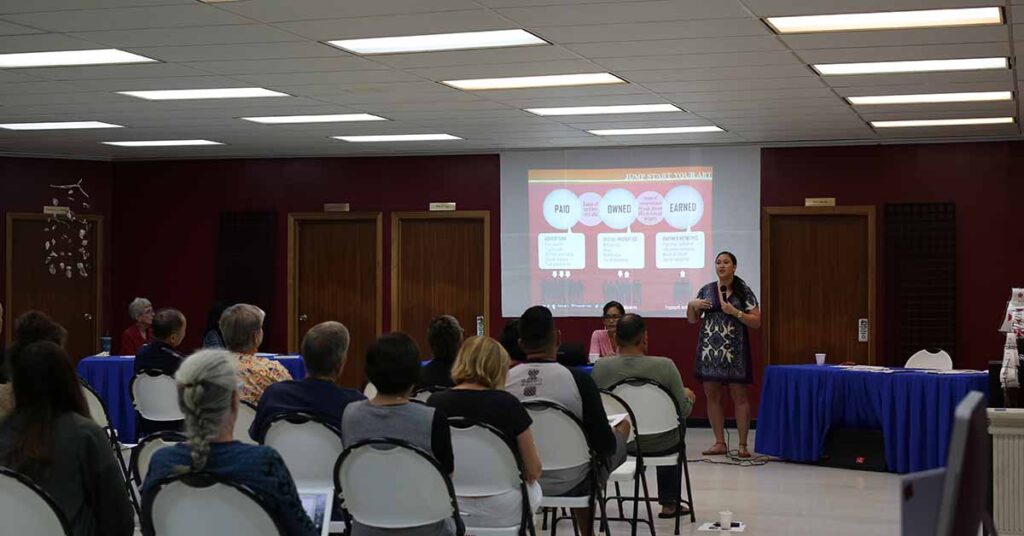The Impact of Korean Communities in Guam
At many restaurants in Guam, there is a wide variety of kimchi and tanmuji that patrons can order as a complementary side to their main dish. Today, many local radio stations play K-pop and island reggae music to appreciative Gen Z and Alpha audiences. At the center of each of Guam’s villages is a “mom-and-pop” store with names like Gangnam Market, Seoul Mart, Agat Kim Chee Store.
The Impact of Korean Communities in Guam Read Post »

